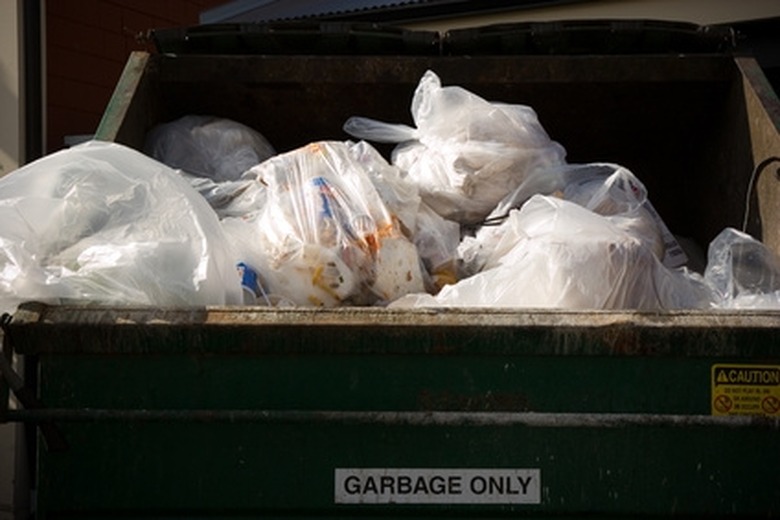How Does A Waste Incinerator Work?
Waste Incinerators
Waste incinerators, though there are a large variety of them, usually consist of several different parts. These parts include: the rotary kiln (the primary combustion chamber), an afterburner (the secondary combustion chamber), and an air pollution control and monitoring system. An additional necessity, of course, is a waste product, whether solid or liquid, for the incinerator to burn. Though a complicated, mechanical process, all parts of a waste incinerator should be constantly monitored and kept up if it is to function properly, and not cause any sorts of health hazard to the workers, the environment or the public.
Incineration
Incineration
This first step of the process is to introduce the wastes into the rotary kiln. The rotary kiln is typically kept at 1,800 degrees Fahrenheit or greater, and the kiln tumbles the waste like a cement mixer or clothes dryer to make sure that every side of the waste is exposed to the heat. Components of the waste that are turned into gas are pumped into the afterburner, and the materials which remain solid are expelled as ash into a separate container to be taken away and treated. Those gases in the afterburner are exposed to heat at 2,200 degrees Fahrenheit, and the extreme heat often forces the gases to break their chemical bonds further and to become stable–usually nonhazardous compounds such as water and carbon dioxide.
Disposal
Disposal
The waste destroyed by the incinerator, both the gas and the solid ash, is then analyzed and the levels of dangerous chemicals are checked to make sure they are below the necessary standards. Often the ash is chemically treated to ensure that no leaching of hazardous metals or other materials damages the soil. Once the resultant destroyed waste is deemed safe and below the standards necessary, the ash is then taken to a land dump and deposited there. The gases, also once they've been processed and deemed safe, are released into the atmosphere. Then the process begins all over again.
Cite This Article
MLA
Litherland, Neal. "How Does A Waste Incinerator Work?" sciencing.com, https://www.sciencing.com/waste-incinerator-work-5245014/. 24 April 2017.
APA
Litherland, Neal. (2017, April 24). How Does A Waste Incinerator Work?. sciencing.com. Retrieved from https://www.sciencing.com/waste-incinerator-work-5245014/
Chicago
Litherland, Neal. How Does A Waste Incinerator Work? last modified March 24, 2022. https://www.sciencing.com/waste-incinerator-work-5245014/
